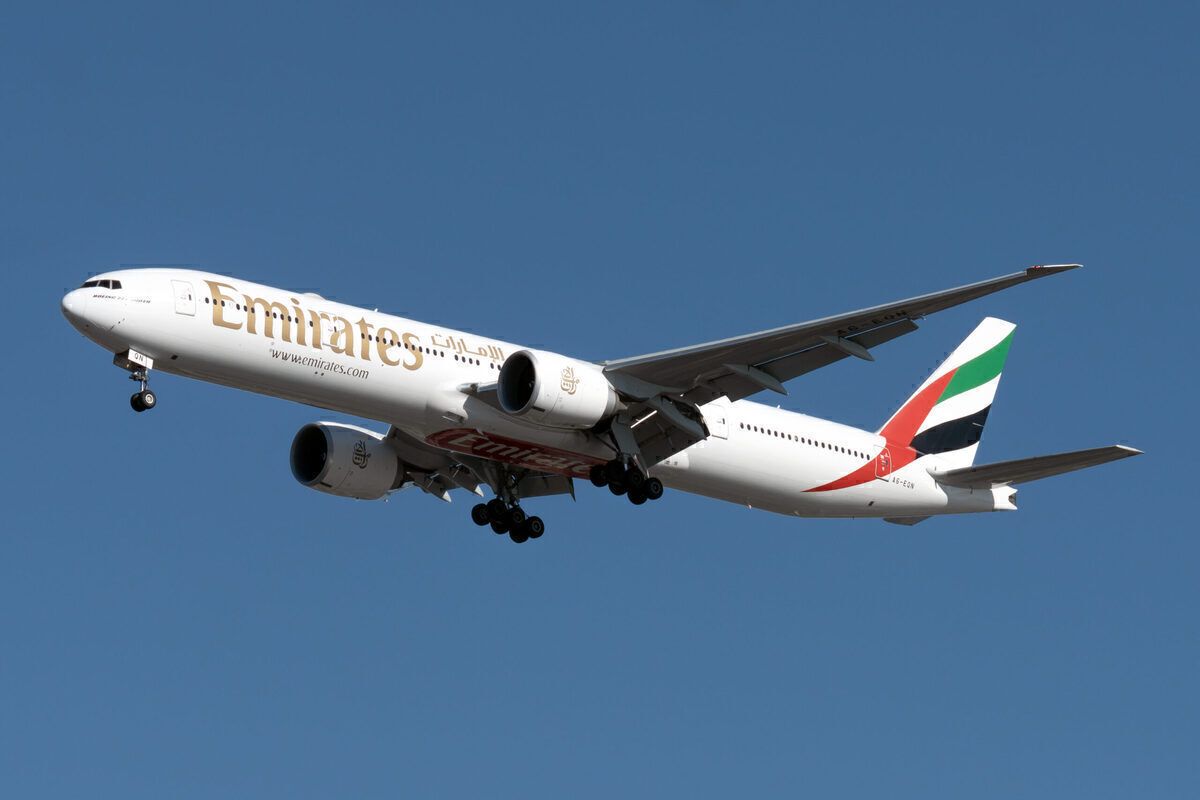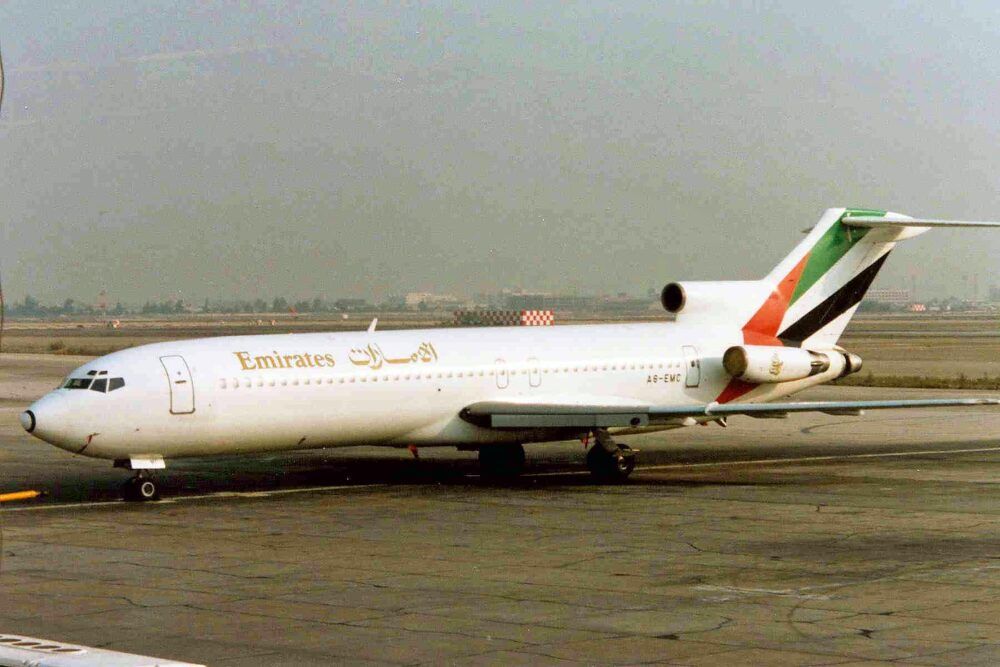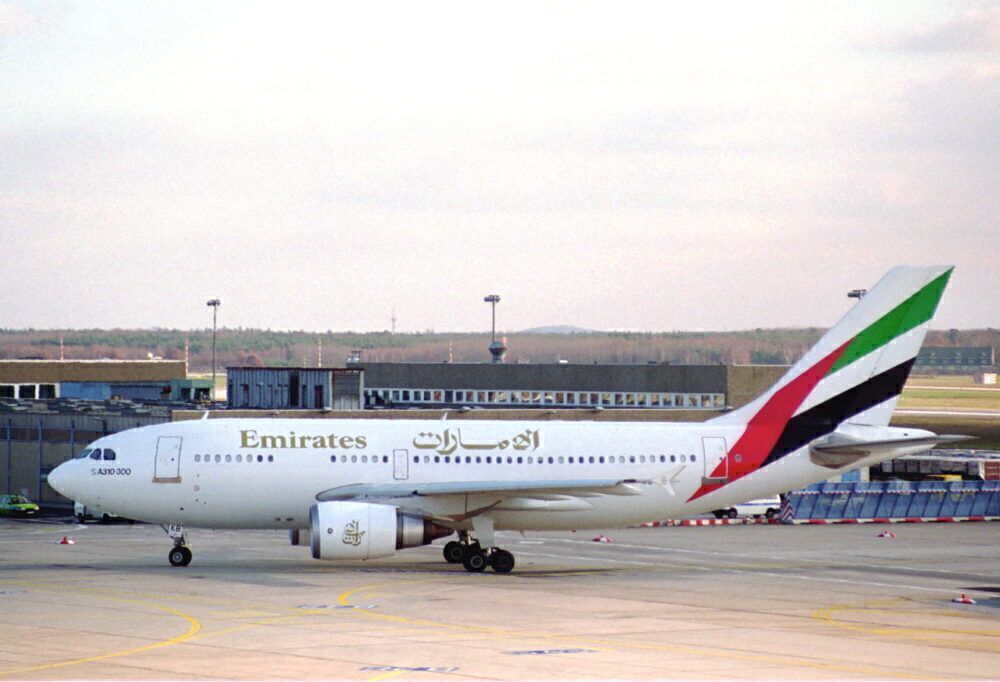In an exclusive interview with Simple Flying, Emirates President Sir Tim Clark had shed some light on the earliest days of the airline. He spoke about why Emirates opted to go international so early in its launch and not only fly regional routes. Sir Tim was one of the few people tapped to set up Emirates in the late 1980s and has been with the airline through its meteoric rise.
Clean sheet
Emirates first came about in 1985, when the Dubai government tapped ex-British Airways executive Sir Maurice Flannigan to set up a new airline. He went on to hire a group of ten airline industry veterans, including Sir Tim Clark. The unique part about Emirates was that the carrier was just a clean sheet for the group to create, with no decided direction.
The Dubai government gave Sir Flannigan $10 million to set up the airline and get operations up and running. In a webinar with Sir Tim Clark yesterday, he told us more about the carrier's origins and decision to go international so early in its launch.
"[Since] we were restricted on access into the into regional markets for political reasons. I thought to myself, well, frankly, we'll have to go international rapid move quickly."
The political conditions of the Middle East at the time meant the new UAE flag carrier didn't have many choices for short-haul destinations. Emirates' first destination was Karachi, Pakistan, and Pakistan International Airlines went on to be a major supporter early on.
Soon after, Emirates had started flights to destinations like Colombo, Dhaka, Amman, and Cairo. Despite its central location in the Middle East, Emirates' shortest destination was Karachi for many years (two hours away). While the routes were based on political considerations, how did this strategy work?
Stay informed: Sign up for our daily and weekly aviation news digests.
Globalism
Flying internationally for any airline is a big step and carriers usually meet stiff competition from existing players. However, Emirates found itself in a lucky position when it kicked off flights in the mid-1980s. At the time, there were few airlines offering connections between the Middle East and the rest of the world, giving the new airline an advantage.
However, it was not just the lack of competition that helped Emirates, it was also believing in a key idea: globalism. Explaining the situation at the time, Sir Tim Clark said,
"I believe we could do it because the competition at that stage was tricky, pretty minimal. I was also a great believer in globalism, even in the mid-80s, and in what could be coming. So we started and we bought those A310s and moved very quickly in the international markets."
Staying true to the model
While there are has been a lot of change and growth at Emirates in the last three decades, the core business model remains the same. The business model has been aided by the rising globalization in the 1990s and continues to work ever since. As the airline comes out of the worst crisis in its history, it's anyone's guess if the model will continue to work in the future.
What do you think about the rise of Emirates? What has it done right to grow so rapidly in the last few decades? Let us know your thoughts in the comments!



